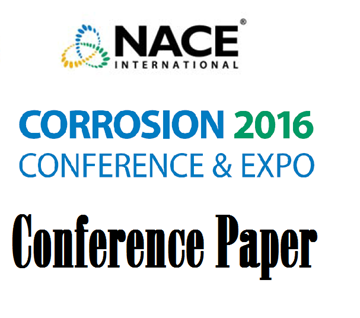Search
11388 Treatment and Performance Management for Cooling Waters
Also Purchased
00332 Recent Trends In Cooling Water lnhibitors
Product Number:
51300-00332-SG
ISBN:
00332 2000 CP
$20.00
51316-7151-Recycled Waters for Cooling Tower Water Systems- Good Idea or Bad- What You Need to Know
Product Number:
51316-7151-SG
ISBN:
7151 2016 CP
Publication Date:
2016
$20.00
09439 Application of Analysis and Control for Corrosion Damage In Cooling Water Systems Using Corrosion Monitoring
Product Number:
51300-09439-SG
ISBN:
09439 2009 CP
Publication Date:
2009
$20.00
Recently viewed




